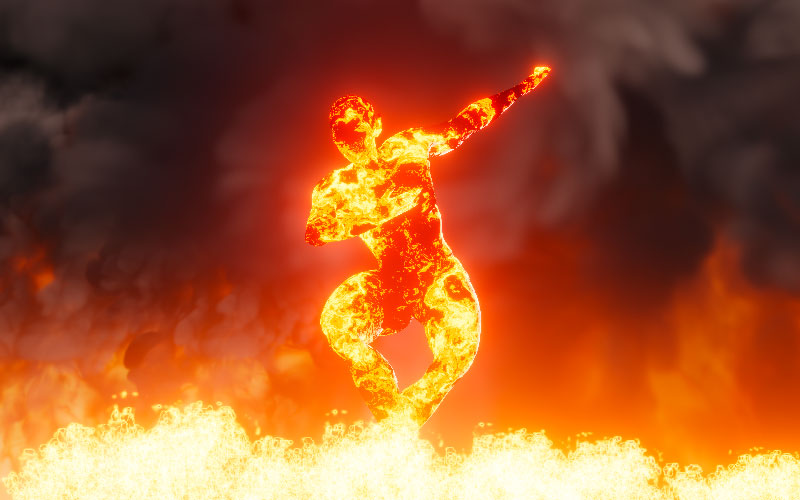Oh how the word shimmers: Lazgi. In French it sounds like “lascar,” a sly fellow. It puts us in mind of the word lasciviousness, or Lascaux for the more historically minded – of the cave paintings left behind by prehistoric humans. It was also the discovery of prehistoric rock paintings that saw the Central Asian Lazgi declared one of the oldest dances still practiced today.

An explosion of applause
Lazgi makes the body shake like an earthquake. Wild and spirited, it is one of the oldest dances in the world still practiced today, with rock paintings showing it to be at least 3,000 years old. If you want to experience it in its purest form, you have to travel to a city called Urgench in western Uzbekistan.

